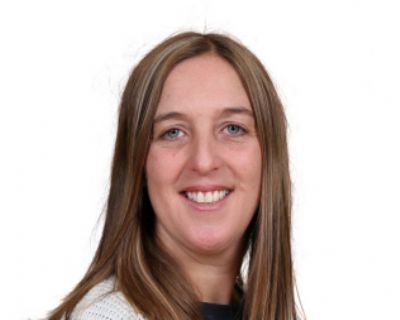EYFS
Welcome to EYFS!
The Teachers and Teaching Assistants in EYFS are:
Hedgehogs Class
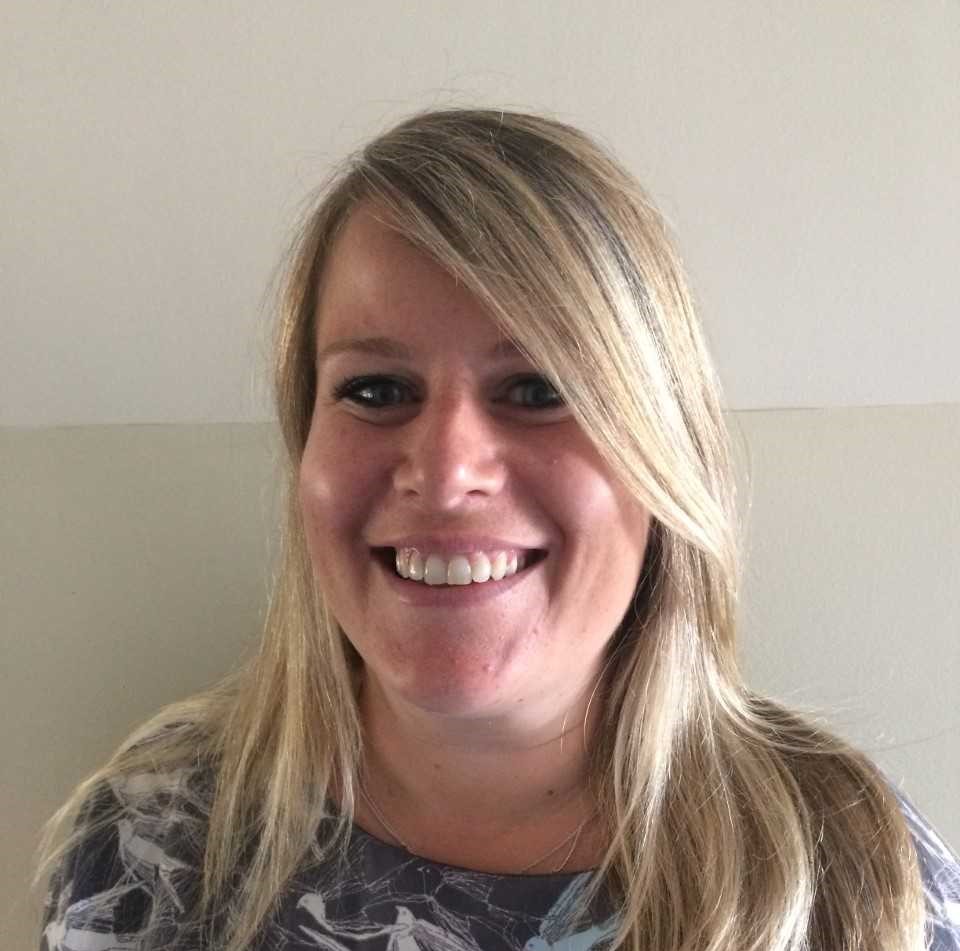
Ms Massbery
Teacher
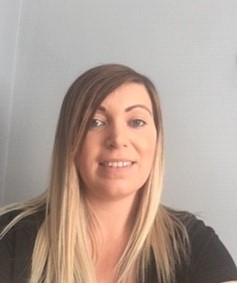
Mrs Ansell
Teacher
Mrs Hickman
Learning Support Assistant
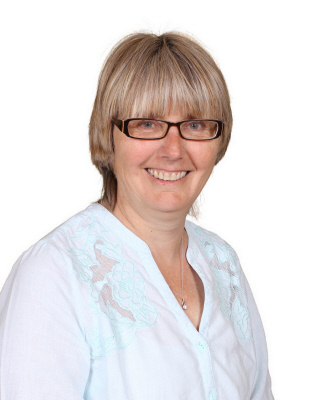
Mrs Brooks
Teaching Assistant
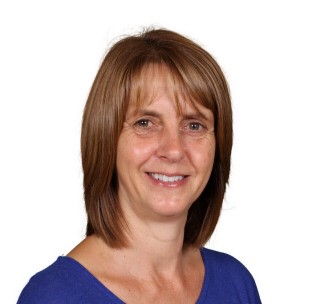
Mrs Shaw
Teaching Assistant
Rabbits Class
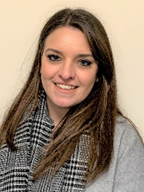
Mrs Prior
Teacher
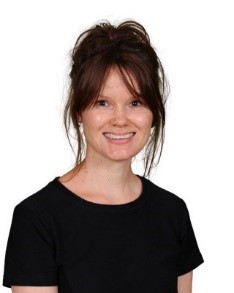
Mrs Harrison
Teacher

Mrs Ansell
Teaching Assistant
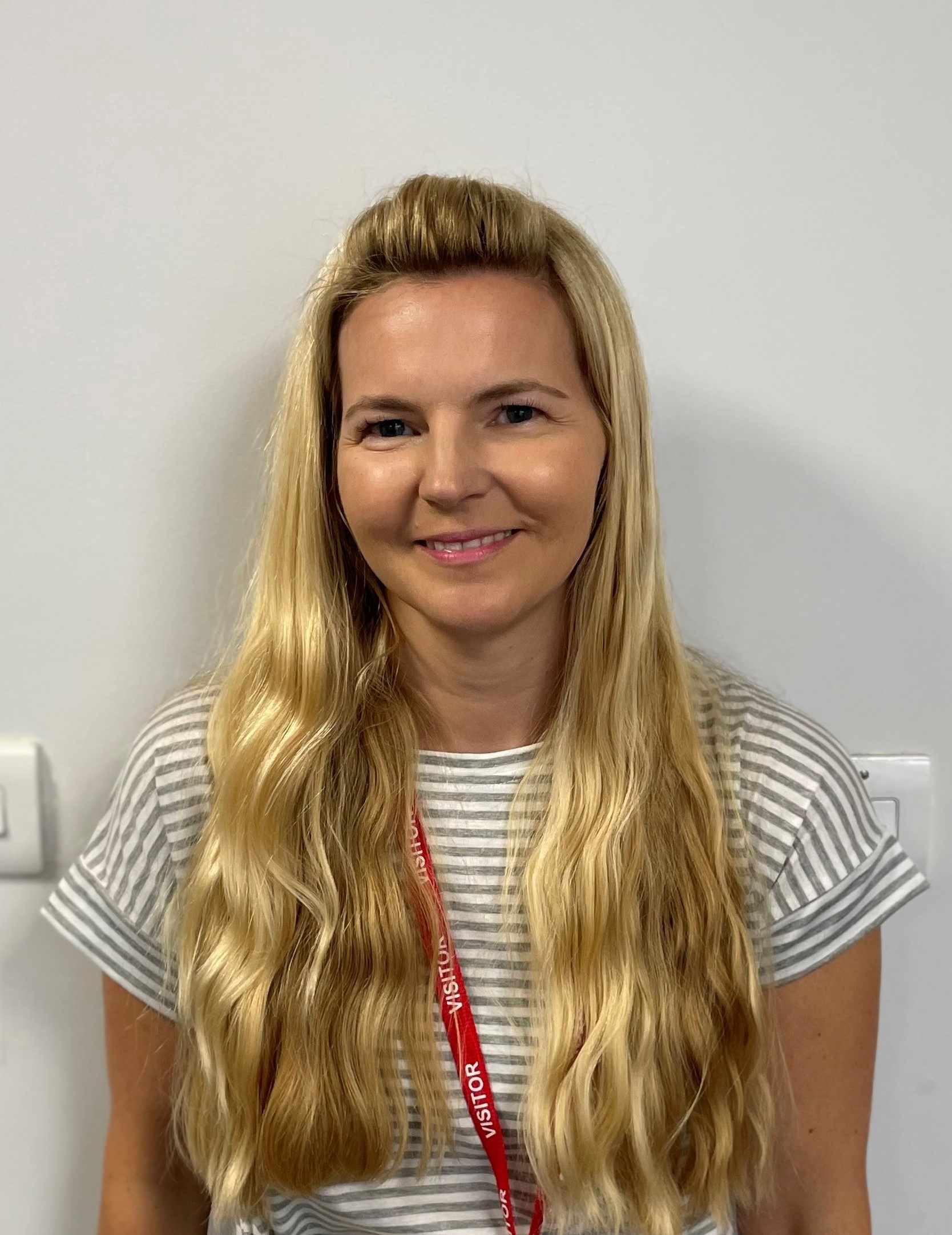
Mrs Marchment
Teaching Assistant
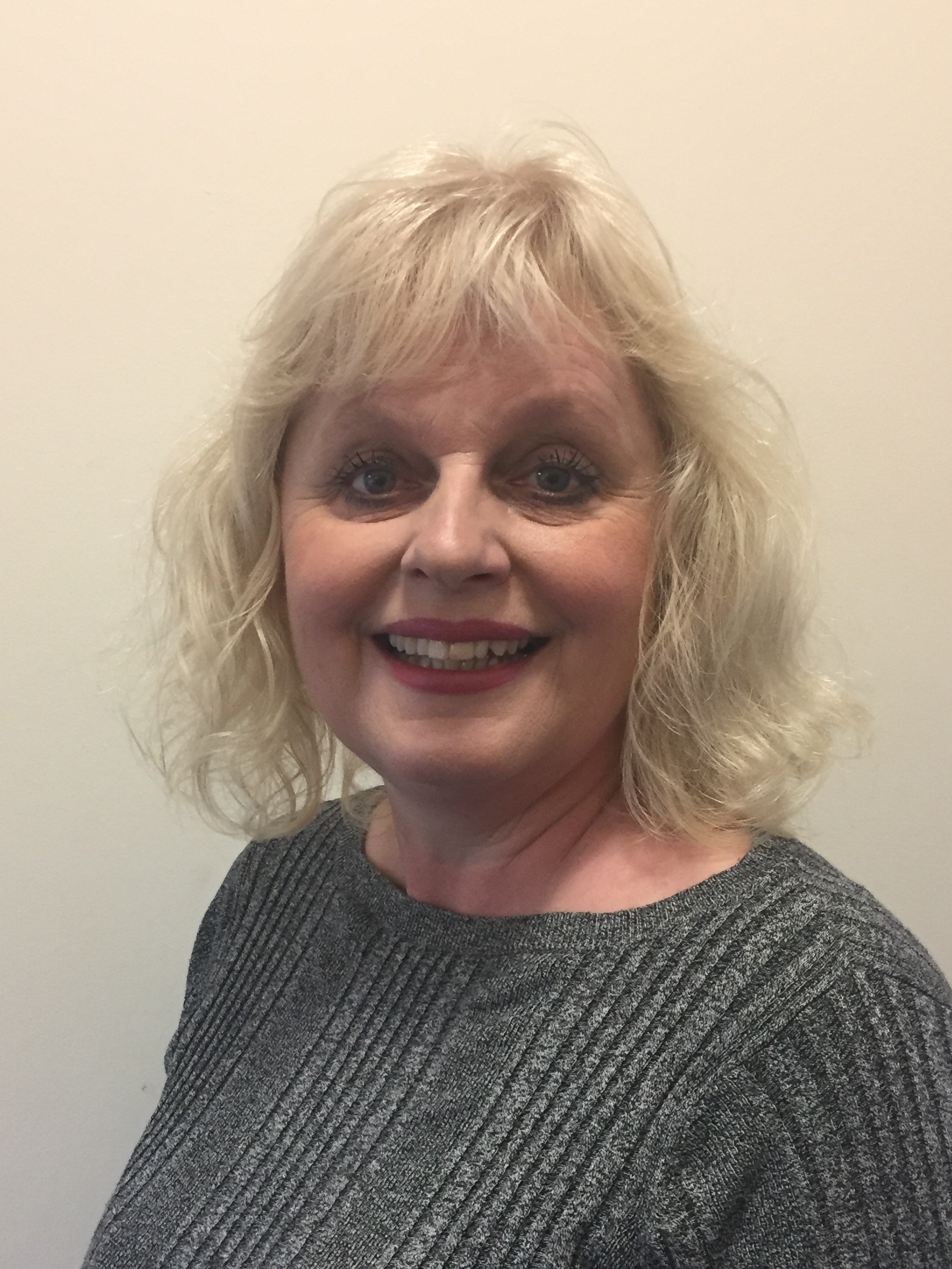
Mrs Ryder
Teaching Assistant
Team Leader: Ms Massbery
We are really excited to be part of your child's first experience of school and aim to build on your child’s pre-school experiences in order to give them the best possible foundations for their educational journey. At Steyning C of E Primary we plan exciting topics that are linked to the children’s interests and which engage children in their learning. We observe the children during their self-initiated play and focus on what they can do and how we can support them to move forward in their learning, making timely interventions to develop their play and understanding. We believe that communication between school and home is key to helping us get to know your child as quickly as possible. We have a fun, vibrant and welcoming learning environment that is enabled to ensure the children working within our unit are able to make the most of every learning opportunity. We are lucky to have an amazing outdoor learning area to complement our classrooms, and the children have free access to these areas throughout the day. We follow the Early Years Foundation Stage Framework curriculum and plan opportunities for open-ended learning based around the key Characteristics of Effective Learning, which are: Playing and Exploring, Active Learning and Creating and Thinking Critically.
We have a wonderful staff team of dedicated, experienced and nurturing teachers and teaching assistants in our EYFS unit. Ms Massbery is the EYFS lead and part-time Hedgehogs class teacher. Mrs Ansell also works in Hedgehogs class as a class teacher. Mrs Prior and Mrs Harrison are Rabbits class teachers. We are lucky to have full-time teaching assistants in both classes: Mrs Brooks (M-Th) and Mrs Shaw (Fr) in Hedgehogs class and Mrs Marchment (M, T, Th, Mrs Ansell (F) and Mrs Ryder (W) in Rabbits class. All the adults working within the EYFS unit are highly experienced at working with young children and provide a caring, friendly, and knowledgeable experience for all children.
We look forward to working with you,
The EYFS team
Summer 1 Topic – Why do ladybirds have spots?
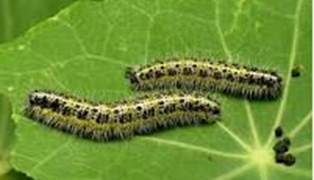
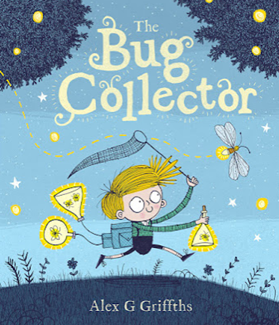
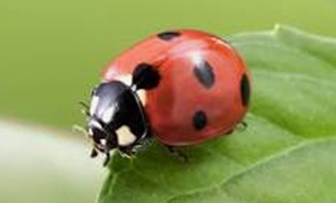
Incy wincy spider climbed up the waterspout! Why do ladybirds have spots? Why do spiders spin webs? It’s time to find out more about minibeasts and their habitats.
This half term, we’ll start off with our exciting visit from ‘Jaws and Claws’, who will be showing us lots of different minibeasts and creatures. We’ll also investigate our school grounds to carry out a minibeast safari! Magnifying glasses clutched firmly in hands, we’ll look under logs, leaves and stones for creatures that wriggle, crawl or fly. We’ll find out about minibeast habitats, features and colours, and compare them. Observing caterpillars in our classrooms, we’ll think about how they move. Can we move like that too? To get to know these creepy crawlies better, we’ll monitor different habitats in our outdoor learning space. Can we predict what will be these minibeasts’ favourite foods? How do minibeasts change as they grow? How many different ways can we sort minibeasts according to their features?
Help your child prepare for their project
Minibeasts are marvellous! Why not visit your local pet shop together and take a look at some exotic minibeasts. Can you find out what countries they came from? You could also try worm charming in your garden. Put a large hoop on an area of earth, water the area with a watering can, and tap your fingers lightly on the ground. Can you entice any worms to the surface? Alternatively, read minibeast-themed stories together, such as Eric Carle’s The Very Hungry Caterpillar and The Bad-Tempered Ladybird, to find out more about these incredible creatures.
Communication and Language – We will be listening to lots of minibeast and creepy-crawly themed stories and sharing these together so that we become more familiar with them. We will be retelling stories to our friends using puppets and Talk for Writing Actions. We will share poetry and songs linked to the minibeast theme and practise these together to gain confidence and fluency. We will share a range of non-fiction texts about minibeasts to find out more about these wonderful creatures. We will work together to build confidence in sharing our own experiences with the class.
Personal and Social Development – We will continue with our work on self-regulation with the children, helping them to show resilience and perseverance in the face of a challenge and identifying and moderating their own feelings socially and emotionally. We will continue to work with the children on the key areas of building constructive and respectful relationships as we work and play together.
Physical Development – Our PE focus for this half term is based around the theme of ‘moving’ in gymnastics. We will explore moving in different ways on the apparatus. We will explore making a range of shapes using different body parts. We will continue our dough disco sessions to develop our fine and gross motor skills and develop the foundations of a handwriting style which is fast, accurate and efficient by practising the accurate formation of lower-case and capital letters. We will continue to practise using a range of small tools such as pencils, paintbrushes and scissors competently, safely and confidently.
Literacy – Our key texts for this half term are ‘The Bug Collector’ by Alex G. Griffiths, ‘The Very Hungry Caterpillar’ by Eric Carle and ‘DK first facts bugs’. We will be continuing our Talk for Writing work by retelling the stories we hear. We will continue to develop confidence in applying our phonic sounds to different writing activities such as news and fact writing, instruction writing and story retells. We will continue to learn and use our ‘Rainbow sight words’ to become familiar with common exception words (red words in Read Write Inc books and ditty sheets). We will continue with our daily phonics (FRED) lessons and reading.
Mathematics – We will continue our work on number bonds to 10, developing quick recall of these and exploring how to make 10 in real life contexts. We will move on to exploring 3D shape through block play and modelling, considering which shapes would stack, which would roll and why. We will name the key 3D shapes and explore similarities and differences between them. We will build on our earlier understanding of ABAB pattern work by introducing more complex patterns such as ABBABB or AABBAABB. We will also work on consolidating the key skills of subitising and composition of numbers to 10, before moving on to building numbers beyond 10.
Understanding the World – We begin with our visit from ‘Jaws and Claws’ and will go on a minibeast safari to see what animals we can find in our school grounds. We will describe what we see, hear and feel whilst outside and explore the natural world around us. In RE, our focus is on Judaism, so we will be continuing our work on recognising that people have different beliefs and celebrate special times in different ways. We are hoping to have caterpillars hatching into butterflies in our classrooms and will be observing and discussing the changes that occur during this process.
Expressive Arts and Design – We will continue our regular music lessons with Mr Mott and continue to sing a wide range of songs and Nursery Rhymes. We will be focussing on the work of the artists Joan Miro and Henri Matisse, recreating our own interpretations of ‘The Snail’ by Matisse and exploring the shapes we can see in Miro’s work. We will use a range of media and joining techniques to create our own paper minibeasts and make our own minibeast pictures with photographs and pastels.

